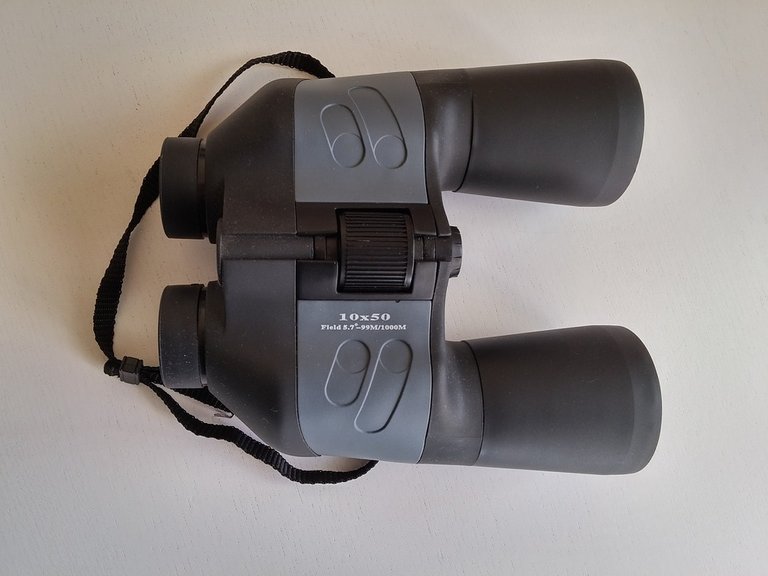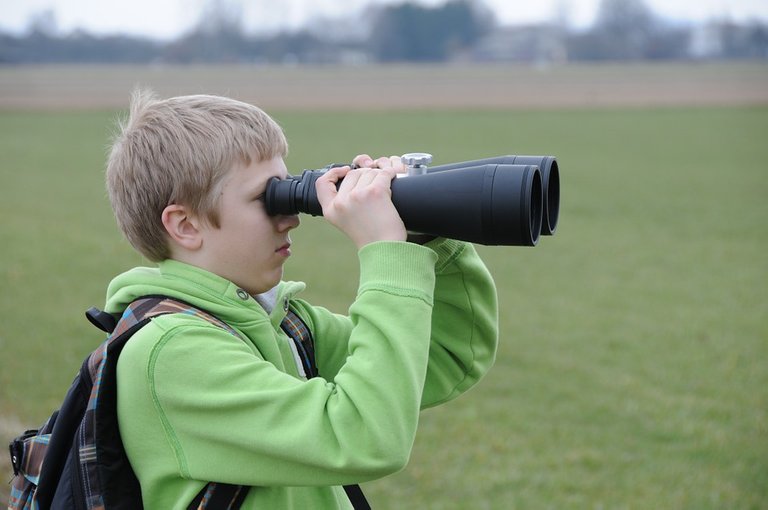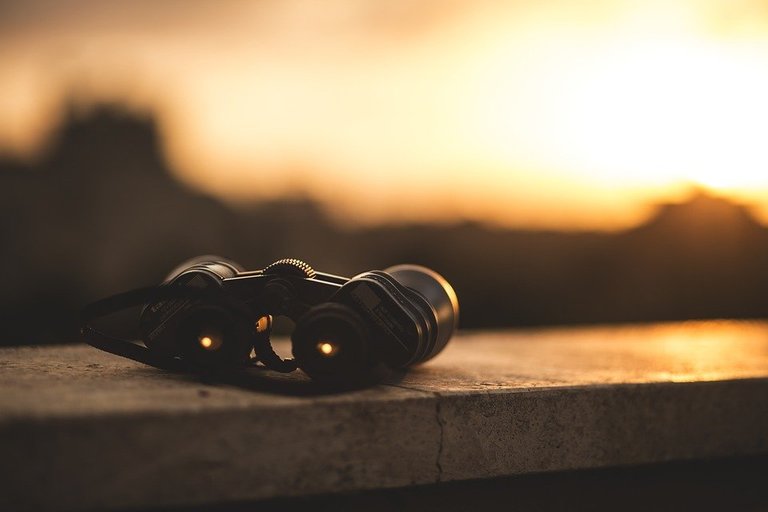Buying binoculars seems simple. However, if we are interested in astronomical observations, the model chosen by us must have several features that are particularly needed in the observation of the night sky. I will help you in choosing the right binoculars for your needs and the budget you have. Buying a telescope at the beginning of an adventure with amateur astronomy is a bad idea. Without knowing the constellations and the most important objects of the sky using binoculars, the use of telescopes is difficult and therefore often the purchase of a telescope initially causes disappointment.
Source: Pixabay link [CC0 license]

All binoculars have two basic parameters: magnification and diameter of the lenses. Common models are therefore described as, for example: 7 × 40, 10 × 50, 12 × 60 etc. The first number specifying the magnification is less important. The most important is the second number, which means the active diameter of the binoculars' lenses in millimeters. In astronomical observations, this parameter is crucial because it affects the brightness and resolution of the image. The larger the diameter of the binoculars' lenses, the more we can see in the night sky. Of course, the increase in diameter means an increase in weight and affects the comfort of observation. That is why you need to find the best compromise.
Source: Pixabay link [CC0 license]

As the magnification of the binoculars increases, it becomes more and more difficult to observe it using only the hands. Therefore, a tripod is required for larger models so that you can view a stable view without shaking your hands. Observation by large binoculars without tripod is very tiring. The advantage of greater magnification is the ability to see more details on the moon and the basic details of the planet Jupiter, but as the magnification increases, the field of view of the binoculars decreases. Therefore, models with low magnification of 7-10 × will be good for observing a milky way and entire constellations. For models with more than 15 × magnification, I recommend using a tripod. Tripod for binoculars should be hardy and stable. Cheap plastic tripods are not suitable.
Source: Pixabay link [CC0 license]

What binoculars should be avoided for astronomical observations? Those with a small diameter of lenses and color filters such as orange (darken the view). To observe the night sky, we choose binoculars with a lens diameter of at least 50 millimeters. I recommend two models here: 7 × 50 for young observers and 10 × 50 for older ones. These models are great for observation from the hand and are ideal for the beginning of the adventure with astronomy. I use Nikon 10 × 50 EX CF binoculars myself. It's great equipment. Remember that you are buying optical equipment, you should choose high quality products. The smaller, original binoculars are better than the big Chinese counterfeit.
Source: Pexels link [CC0 license]

You probably wonder what are the big binoculars 70, 80 or even 100 millimeters in diameter, if there are also similar telescopes. These large binoculars have the advantage over telescopes in the form of an extremely wide field of view, allowing observing wide areas of the sky. Telescopes have a rather small field of view and many objects simply do not fit completely in small field of view. Large binoculars are very expensive, however, they are the best equipment for observing larger parts of the sky. An example of an object that is great for binoculars is the Andromeda galaxy (M31). In the telescope, we can only see its fragments. The whole can be admired only with binoculars.

By Lukáš Kalista(reworked by me) link [CC BY-SA 3.0 license]
I hope I encouraged you to buy binoculars. In order to take advantage of its possibilities, you have to go out of the city and under the dark, rural sky, it will show you the beauty of the universe, which opens over our heads every cloudless night. Binoculars are useful even to experienced astronomers and can be used much more often than a telescope. I recommend everyone to have binoculars at home and view the night sky from time to time. Have you ever watched a milky way through binoculars? I guarantee that when you see this, you will be shocked, you will see thousands of stars at once! Soon I will describe to you how to choose a telescope. I wish you successful observations!
You can post these kind of topics under the #steemstem tag as well.
Interesting information...
I create in this tag in my second account. I did not want to use this tag when I use bots, but maybe you're right maybe someone will be interested in this article in this tag.
Telescopes are more suitable for smaller objects. Most of the telescopic observations are operating with a field resembling the size of the full moon.
You have to start somewhere. Happy Friday!
Your post was mentioned in the Steem Hit Parade in the following category:Congratulations @astromaniak!
Great info. Looking forward to your next post on this topic. Do kindly recommend suitable models for amateur astronomers.